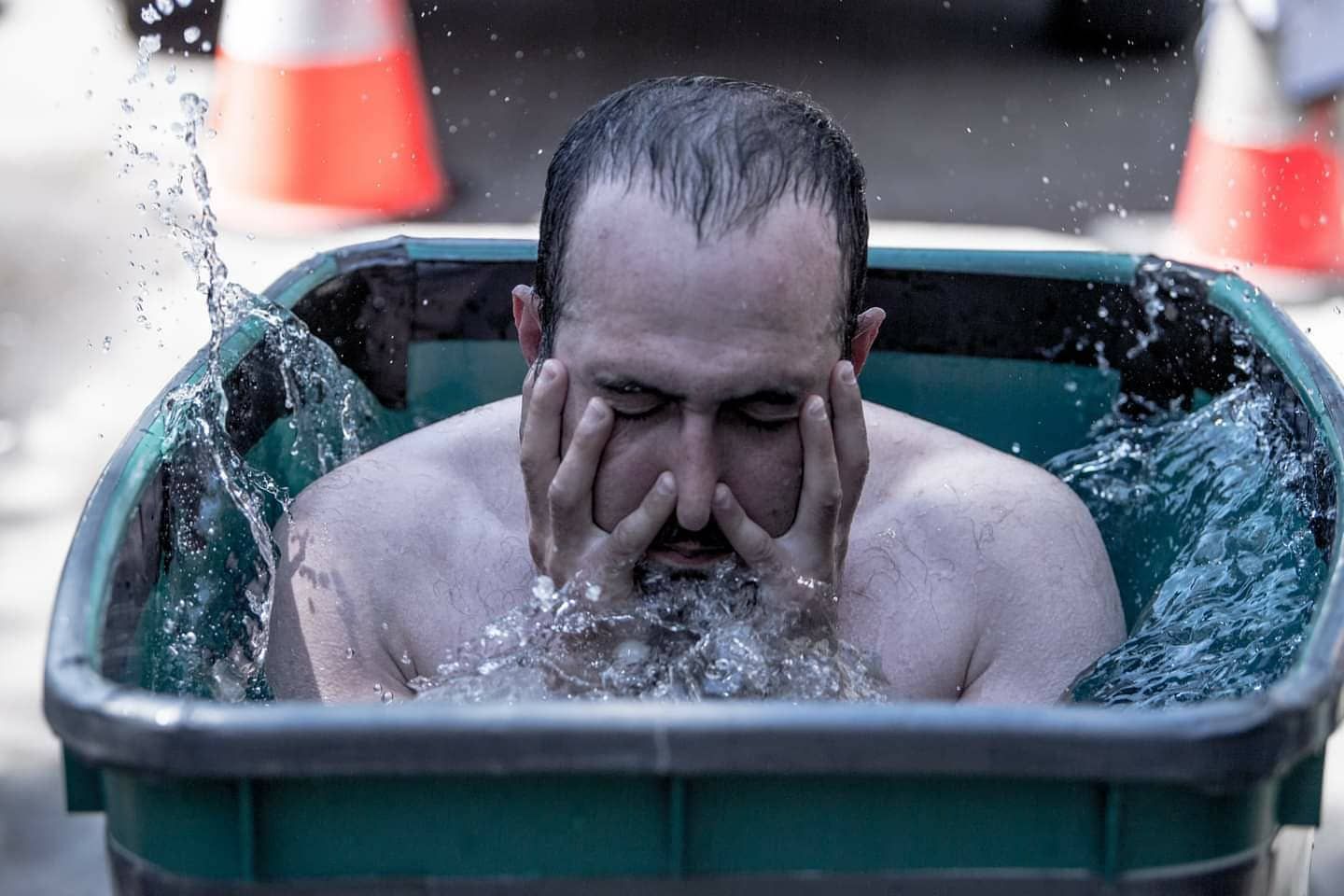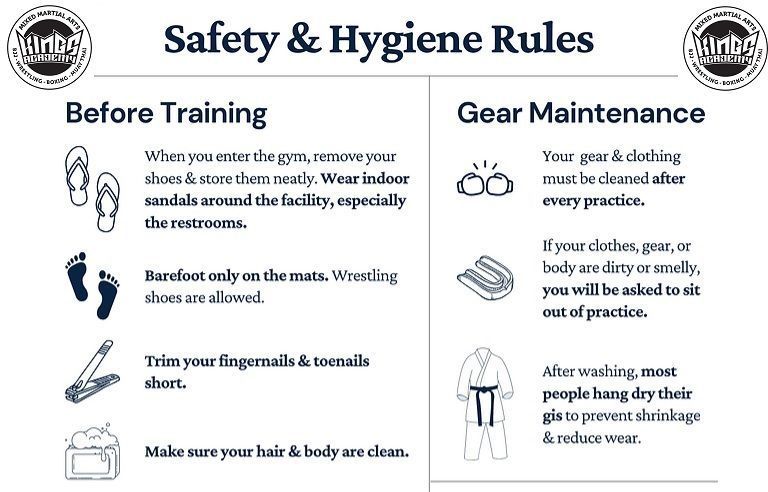From Sauna to Icebath, is it safe?
Is Going From Sauna to Ice Bath Dangerous? Here's What You Need to Know!

Is Going From Sauna to Ice Bath Dangerous? Here's What You Need to Know
At Kings Academy we have a Sauna and in the summer months we do ice baths . As we have both, it's important to know how to use them properly.
At Kings we pride ourselves in having all the Martial Arts training, BJJ, Muay Thai, Boxing, Wrestling and MMA, that you need as well as the recovery, Sauna, Ice bath, Hot Yoga, and Hyperbaric Oxygen Therapy (HBOT), that you need to compliment your training.
Jumping from a sauna into an ice bath is a popular wellness trend - but is it safe? The short answer: it can be dangerous if not done properly. Sudden temperature changes can shock the body and increase the risk of cardiac arrest, cold shock, and hypothermia. However, with the right precautions, it can be both safe and beneficial.
Key Points
- Sudden hot-to-cold exposure stresses the body - especially the heart.
- Beginners should start with short cold exposures (10–20 seconds) and build up slowly.
- Some people - like those with heart conditions or pregnant women - should avoid this practice altogether.
The Risks of Sauna-to-Ice Bath Transitions
⚠️ Cold Shock
Sudden cold exposure causes a rapid increase in heart rate and breathing. This can lead to hyperventilation, high blood pressure, or even drowning if not managed carefully.
⚠️ Cardiovascular Stress
Extreme temperature swings constrict blood vessels, putting pressure on the heart. For some, this can lead to irregular heart rhythms or cardiac arrest.
⚠️ Hypothermia
Prolonged cold exposure can drop your core temperature dangerously low. Watch for signs like:
- Shivering
- Confusion
- Slow breathing
- Drowsiness
If this happens, remove wet clothes, warm the body slowly (starting with the core), and avoid alcohol or tobacco.
How to Stay Safe
✅ Start Slow
- Begin with cold showers or partial dips.
- For beginners, stay in the ice bath for 10-20 seconds, then gradually increase.
- Limit ice bath time to 1-12 minutes, depending on your tolerance.
✅ Practice Proper Breathing
- Focus on slow, controlled breaths to avoid panic.
- Never hold your breath during cold immersion for too long - it increases the risk of blacking out.
✅ Rewarm Safely
- Use light movement or a lukewarm shower to warm up after.
- Avoid jumping into a hot shower right away.
- Hot drinks and dry clothes help gradually restore body temperature.
Who Should Avoid This Practice?
- People with heart disease or high blood pressure
- Pregnant women
- Children and older adults
- Anyone with acute illness or poor circulation
Always talk to your doctor before starting sauna and ice bath routines if you have any health concerns.
Potential Benefits (When Done Safely)
When practiced carefully, sauna-to-ice bath transitions may:
- Improve circulation
- Aid muscle recovery
- Activate brown fat (supports metabolism)
- Enhance stress tolerance
Final Thoughts
Alternating between sauna and ice bath can be rewarding - but it’s not risk-free. Proper acclimatisation, breathing control, and post-immersion care are essential for safe practice. Always listen to your body, and consult a healthcare provider before starting.
FAQs
How long should I stay in the ice bath?
1-12 minutes, depending on experience and tolerance.
What are signs of hypothermia?
Shivering, confusion, slowed breathing, drowsiness.
Who should avoid it?
People with heart conditions, pregnant women, children, and seniors.
Are there benefits?
Yes-better blood flow, faster recovery, and increased resilience to stress.
If you're interested in trying out a free week trial at Kings Academy you can Book Here to get started.
You can check out our other recovery articles here:
Why Oxygen is important for Healing
Temperature, Light, and Oxygen










